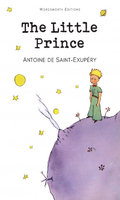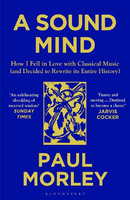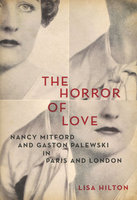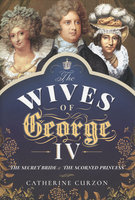Everyone has heard, the story of Mozart's life and death: unappreciated, victimised by his rival Salieri, ending up in a pauper's grave. Except that the truth is rather different. This big, detailed biography gives us another Mozart: successful, full of joie de vivre, excited by the new commissions that were coming in and comfortably off with the revenue from his popular operas. When he fell ill in 1791 Wolfgang was enjoying the success of The Magic Flute: "one can feel how this opera is rising and rising". His letters from the same period are full of irrepressible high spirits, describing a practical joke he played on his character Papageno by coming in with a musical accompaniment at the wrong time. This exuberant lark does not seem like someone grappling with his own mortality, but at some point in those last few weeks he did sense that his time had come. In later years his wife Constanze recollected that while composing the Requiem Mozart had claimed that someone was poisoning him. The author of this book is a composer himself and his detailed appreciation of Mozart's musical genius avoids too much technical jargon while taking the reader into the act of creation. Mozart's move to Vienna from Salzburg in 1781 was the turning point in his career under the patronage of Emperor Joseph II. The author argues that the revolutionary undertones sometimes identified in earlier operas such as The Marriage of Figaro are the result of the fact that Mozart was using someone else's libretto and do not imply any revolutionary tendencies of his own. An interesting sidelight on his genius is that the manuscript of the famous aria "Se vuol ballare", which seems to flow so naturally, was changed by Mozart several times even on the final autograph copy. Mozart composed in layers, creating a skeletal score and then adding in the detail. The Flute was a true act of collaboration with his librettist Schikaneder and for that reason Swafford judges the opera to be his greatest work. Mozart's childhood as a prodigy with his sister Nannerl, his private life, marriage to Constanze and the loss of his children are sympathetically integrated into the story. 810pp, colour reproductions. Remainder mark.
Additional product information





